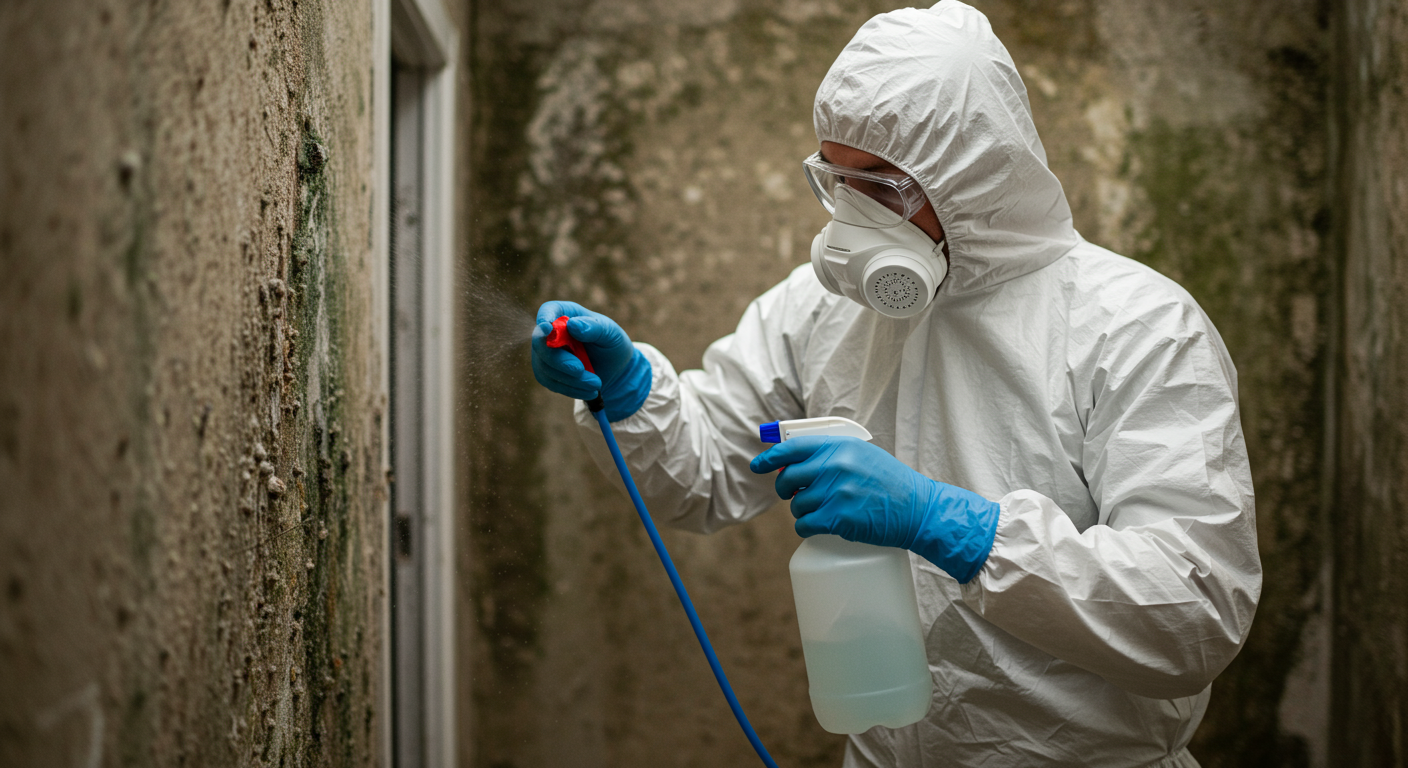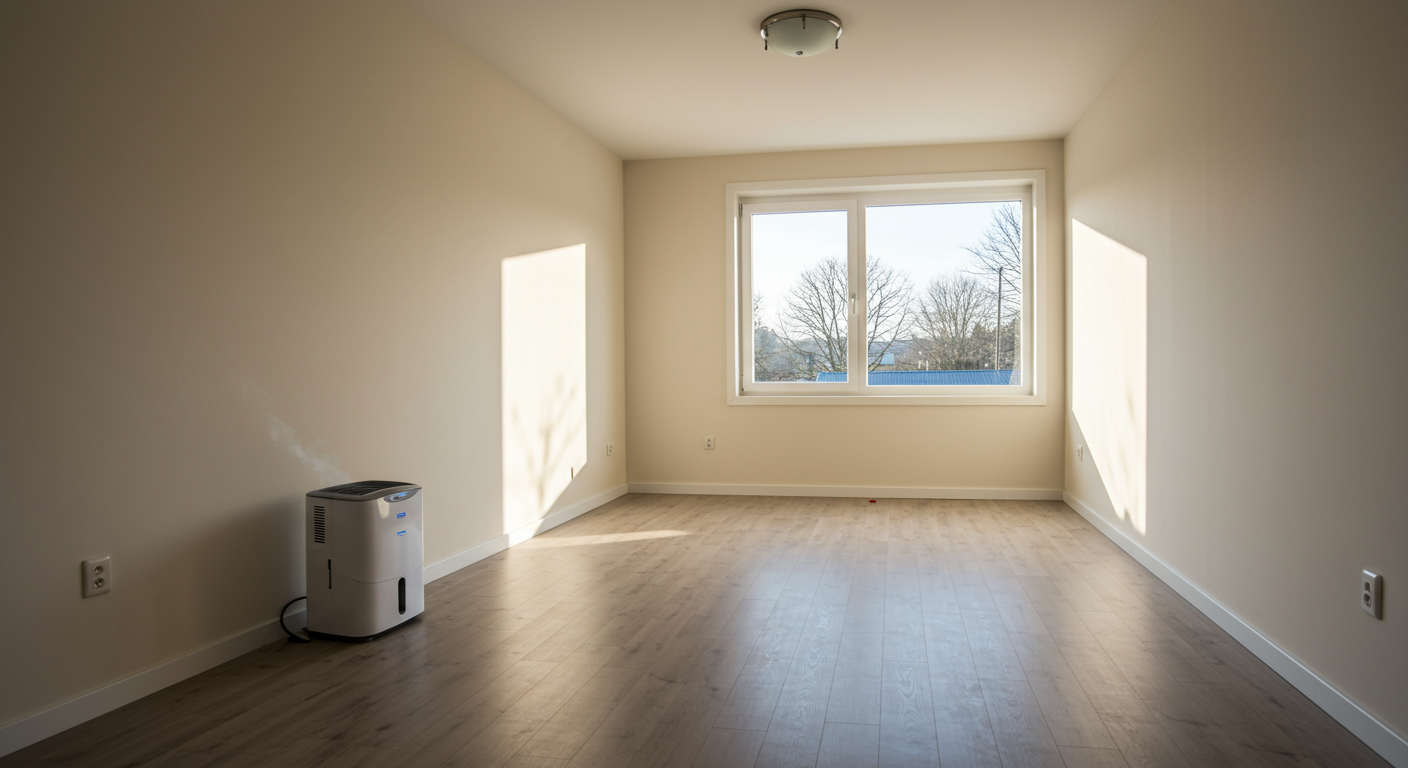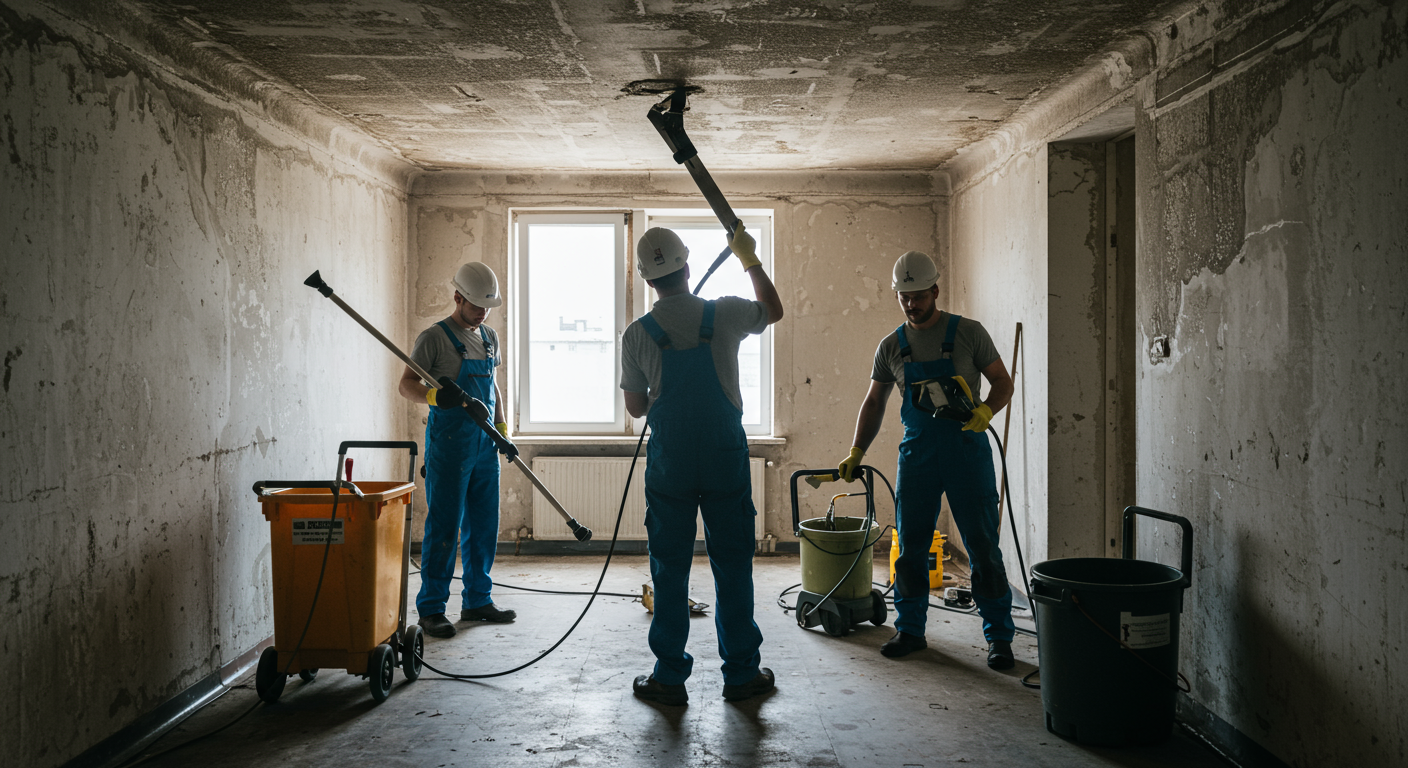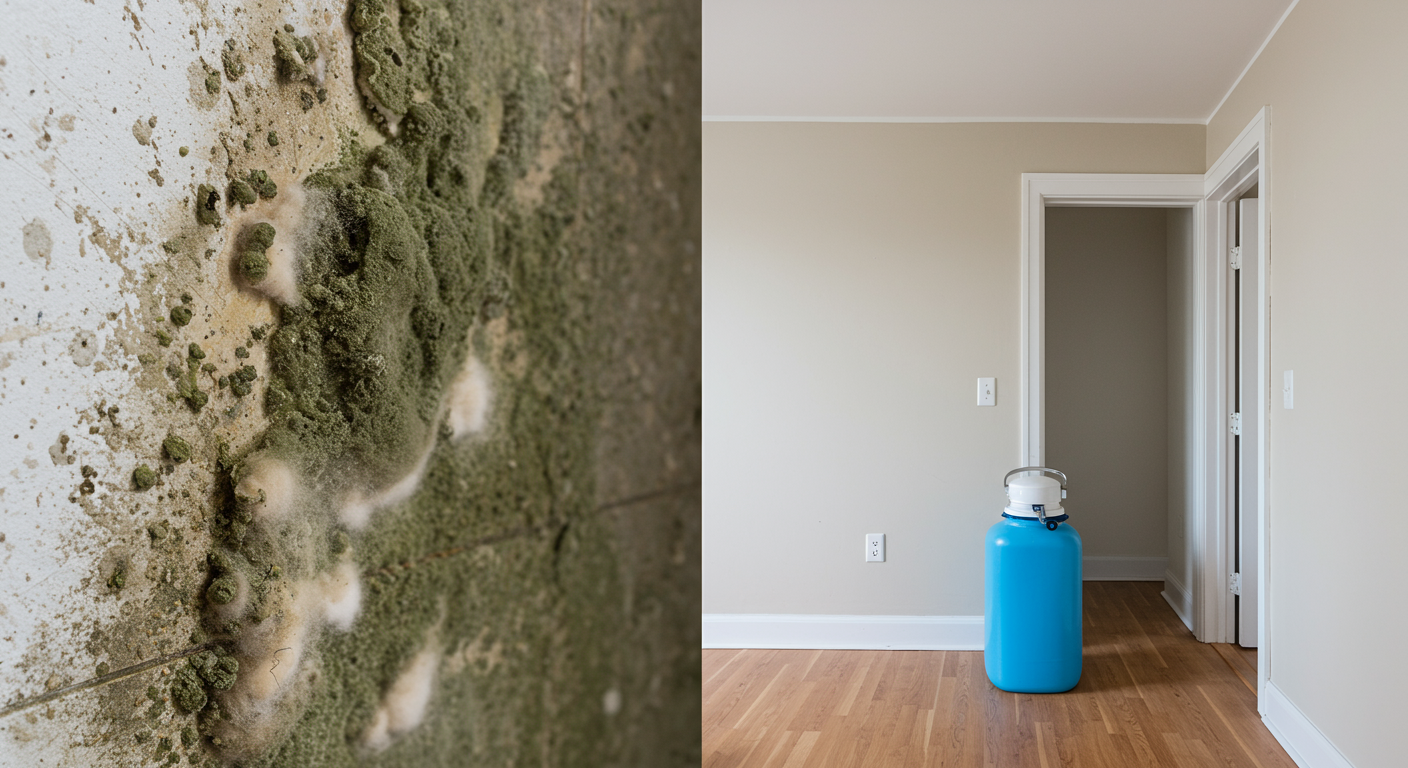Mold is more than just an unsightly problem—it poses significant health risks and can cause extensive damage to your home. Whether you’re dealing with a small patch or a widespread infestation, understanding how to tackle mold effectively is crucial. This guide will walk you through the essential steps of mold remediation, helping you maintain a safe and healthy living environment.
Understanding Mold and Its Dangers
What is Mold?
Mold is a type of fungus that thrives in damp, humid conditions. It can grow on various surfaces, including walls, ceilings, and furniture, often appearing as black, green, or white patches. Mold reproduces through tiny spores that float in the air, making it easy to spread throughout your home. While mold is a natural part of the environment, its presence indoors can lead to serious problems.
Health Risks Associated with Mold Exposure
Exposure to mold can trigger a range of health issues, particularly for individuals with allergies, asthma, or weakened immune systems. Common symptoms include respiratory problems, skin irritation, and nasal congestion. Prolonged exposure can lead to more severe conditions, such as chronic sinus infections or lung infections. Understanding these risks underscores the importance of prompt and effective mold remediation.
Essential Steps for Mold Remediation
Moisture Control: The Key to Prevention
Moisture is the primary catalyst for mold growth. Identifying and addressing sources of moisture, such as leaks or high humidity, is the first step in remediation. Use a dehumidifier to maintain indoor humidity levels below 60%, and ensure proper ventilation in areas like bathrooms and kitchens. Fixing leaks in roofs, windows, and pipes can also prevent mold from taking hold.
Cleaning Hard Surfaces: Techniques and Best Practices
When dealing with mold on hard surfaces, it’s essential to use the right cleaning techniques. Start by scrubbing the affected area with a mixture of water and detergent. For stubborn mold, consider using a solution of bleach and water, but always follow safety precautions, such as wearing gloves and ensuring proper ventilation. Avoid painting or caulking over moldy surfaces, as this will only mask the problem without addressing the root cause.
Disposing of Contaminated Materials: When to Let Go
In some cases, mold can penetrate porous materials like drywall, carpet, and insulation, making them impossible to clean effectively. These items should be removed and discarded to prevent further contamination. Seal contaminated materials in plastic bags before disposal to avoid spreading mold spores. If you’re unsure whether an item can be salvaged, consult a professional mold remediation specialist.
When to Seek Professional Help
Identifying Large Infestations
While small patches of mold can often be handled with DIY methods, larger infestations require professional intervention. A general rule of thumb is to seek help if the affected area exceeds 10 square feet. Professionals have the tools and expertise to safely and effectively remove mold, minimizing the risk of recurrence.
Choosing the Right Mold Remediation Specialist
Selecting a qualified mold remediation specialist is crucial for ensuring the problem is resolved correctly. Look for professionals with certifications from organizations like the Institute of Inspection, Cleaning, and Restoration Certification (IICRC). Reading reviews and asking for references can also help you make an informed decision. Learn more about expert mold removal services in New Orleans, LA.
Preventing Future Mold Growth
Importance of Ventilation in Damp Areas
Proper ventilation is essential for preventing mold growth in damp areas like bathrooms, basements, and kitchens. Install exhaust fans to remove excess moisture and ensure that vents are directed outside rather than into attics or crawl spaces. Opening windows and doors can also improve airflow and reduce humidity levels.
Regular Maintenance Tips for Homeowners
Routine maintenance is key to keeping your home mold-free. Inspect your home regularly for signs of water damage, such as discoloration or musty odors. Clean and repair gutters to prevent water from pooling near your foundation. Additionally, consider investing in a moisture meter to monitor humidity levels in your home. For more tips, check out our guide on what to do if you find mold in your house.

By following the steps outlined in this guide, you can effectively tackle mold problems and create a healthier living environment. Whether you’re addressing a small issue or a significant infestation, taking action promptly is crucial. For professional assistance, explore our trusted mold remediation services in New Orleans, LA.


